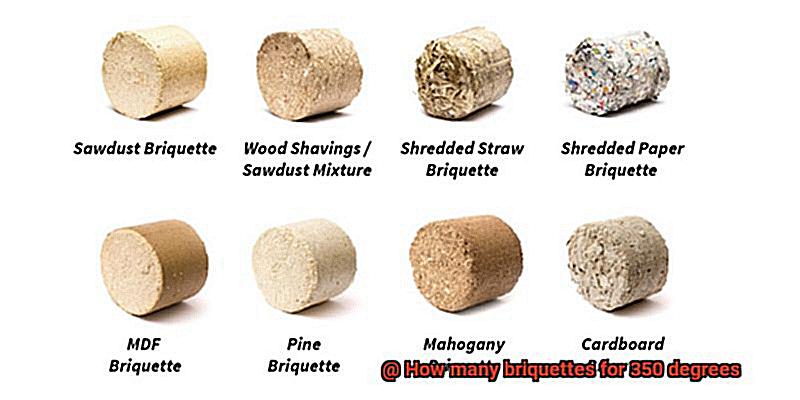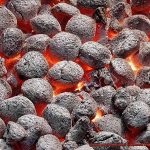There’s nothing quite like the sizzle and smell of a charcoal grill cooking up some mouth-watering dishes. But, as any grill master knows, getting that perfect temperature can be a tricky business. One question that often comes up is, “How many briquettes do I need for 350 degrees?”
If you’ve found yourself pondering this very question, fear not. You’re in good company. It’s a hot topic among grilling enthusiasts everywhere. And while there isn’t one definitive answer – since it depends on factors like your grill’s size, the quality of charcoal you’re using, and even your altitude – we’ve got some general guidelines to help you get that ideal temperature every time.
In this post, we’ll cover everything you need to know about achieving the optimal temperature of 350°F on your charcoal grill. That includes how many briquettes to use, how long to cook your food for, and some extra tips to ensure your meals come out perfectly every time. From juicy steaks to flavorful veggies, we’ve got you covered.
So whether you’re an experienced grill master or just starting out, grab your apron and tongs – it’s time to get cooking.
Contents
What is the Ideal Temperature for Grilling?
Grilling is more than just a cooking method, it’s an art that requires a deep understanding of temperature control. Whether you’re grilling juicy steaks or crispy veggies, achieving the ideal temperature is crucial for bringing out the best flavors and textures. But what exactly is the ideal temperature for grilling?
The answer to this question depends on what you’re cooking. For instance, searing meats requires high temperatures, while cooking vegetables calls for a lower heat level. When using charcoal grills, the number of briquettes you use is what will determine the ideal temperature.
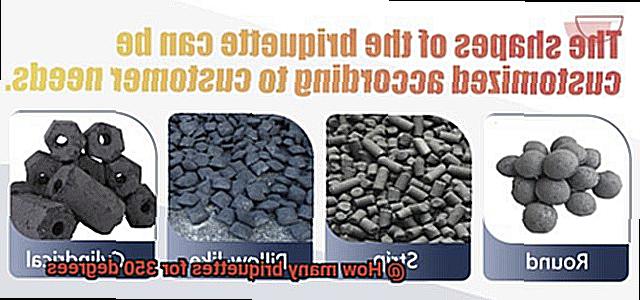
Achieving and maintaining the perfect temperature requires proper air flow control and regular monitoring of the grill’s internal temperature. This means placing your briquettes in a ring around the edge of the grill to create indirect heat and achieve an even temperature throughout your cooking surface.
But how many briquettes do you need to achieve your desired temperature? As a general rule of thumb, for a standard 22-inch kettle grill, you will need approximately 30 briquettes to reach a temperature of 350 degrees Fahrenheit. However, this number may vary based on other factors such as wind conditions and the type of charcoal being used.
To be more precise, for a standard 22-inch charcoal grill, about 25 briquettes should produce a temperature of 350 degrees Fahrenheit. However, if you’re using a larger or smaller grill, you may need to adjust this number accordingly. Experimentation is key when it comes to finding the perfect number of briquettes for your specific grilling needs.
In summary, achieving the ideal grilling temperature with charcoal requires adjusting the number of briquettes based on what you’re cooking and the size of your grill. By following proper air flow control and monitoring the grill’s internal temperature, you can achieve perfect grilling results every time.
What Factors Affect the Number of Briquettes Needed?
Grilling is an art that requires the perfect balance of temperature and cooking time to achieve mouth-watering results. One question that often comes up is how many briquettes are needed to reach a temperature of 350 degrees. As an expert, I can tell you that the answer is not straightforward as it depends on several factors.
The first factor to consider is the size and type of grill. A larger grill will require more briquettes than a smaller grill to reach the same temperature. Similarly, a charcoal grill may require more briquettes than a gas grill to achieve the desired temperature. It’s essential to understand your grill’s specifications and adjust the number of briquettes accordingly.
The second factor that affects the number of briquettes needed is the type of briquettes being used. Different types of briquettes have different burning characteristics. Some burn hotter and faster than others, meaning that fewer may be needed to achieve the desired temperature. However, it’s crucial to consider the quality of the briquettes being used, as lower-quality ones may not burn as efficiently and may require more to reach the desired temperature.
Lastly, weather conditions can also impact the number of briquettes needed. Windy or cooler weather can cause a grill to lose heat faster, which means that more briquettes may be required to maintain a consistent temperature. It’s essential to monitor the weather conditions and adjust the number of briquettes accordingly.
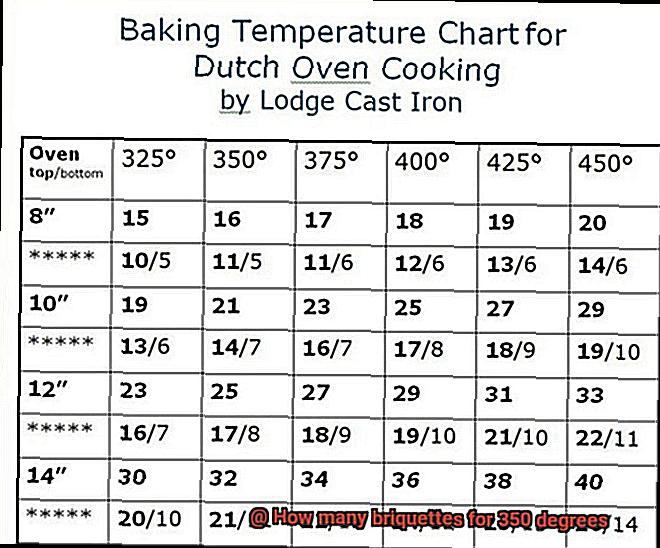
How Many Briquettes for a Standard 22-Inch Kettle Grill?
The sizzle of the grill, the aroma of your favorite foods cooking, and the anticipation of the perfect meal – there’s nothing quite like grilling. But, to achieve the ultimate grilling experience, you need to understand how many briquettes you need to reach the ideal temperature on your standard 22-inch kettle grill. As an expert in this field, I can assure you that it’s not as simple as just throwing in a few briquettes and hoping for the best.
To achieve a steady temperature of 350 degrees Fahrenheit, you will need about 20-25 briquettes. However, this is just an estimate and may vary depending on various factors such as the type of grill, weather conditions, and altitude. Therefore, it’s crucial to follow a few basic steps to ensure that your grill reaches the desired temperature.
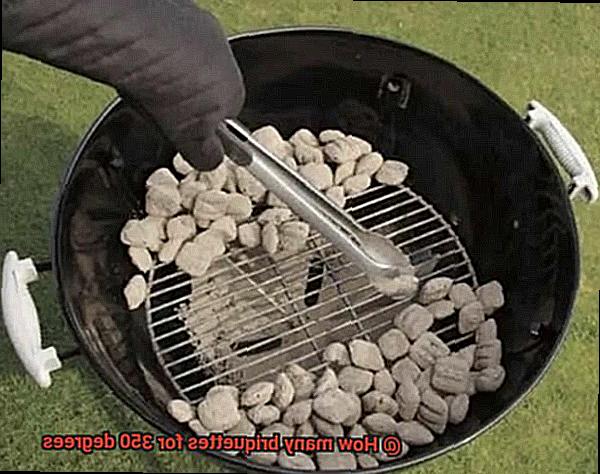
Firstly, make sure that your grill is clean and free from any debris or leftover ash. This will ensure that the heat is distributed evenly across the surface of the grill. Secondly, arrange your briquettes in a circular pattern around the edges of the grill, leaving an empty space in the center. This will help to distribute the heat evenly across the surface of the grill.
Once your briquettes are arranged, light them up using a chimney starter or other lighting method. Wait until they are fully lit and covered with white ash before placing your food on the grill. It’s essential to use a thermometer to monitor the temperature and adjust the number of briquettes as needed to maintain a steady temperature of 350 degrees Fahrenheit throughout the cooking process.
But what about weather conditions? Windy days can affect the temperature of your grill, so you may need to add a few extra briquettes to maintain the heat. On the other hand, if you’re grilling at high altitudes where air is thinner, you may need to use fewer briquettes since it can affect the temperature of your grill.
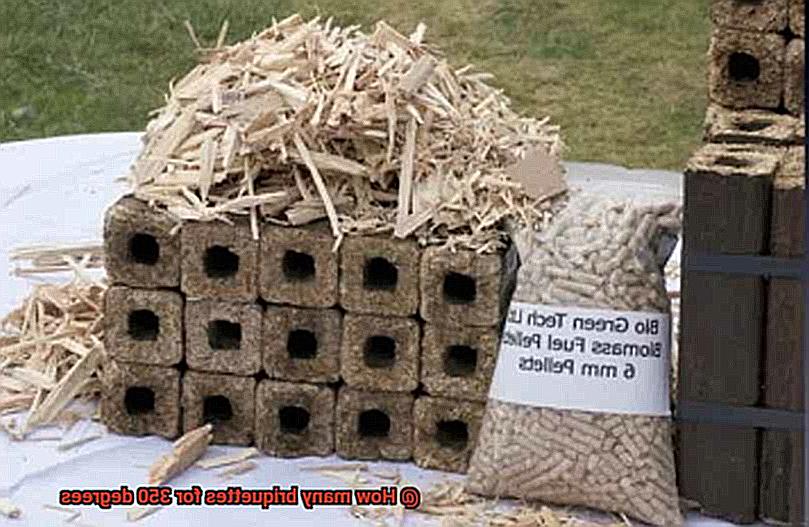
Adjusting the Number of Briquettes Based on Grill Size
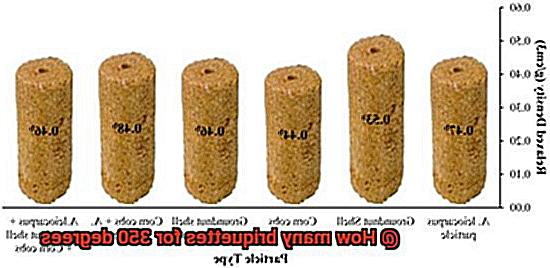
After all, the right amount of heat is crucial when it comes to grilling. Too much and you risk burning your food, too little and it won’t cook properly. So, let’s dive in.
First things first, let’s talk about why adjusting the number of briquettes is so important. As mentioned earlier, the number of briquettes determines the amount of heat your grill will produce. When it comes to smaller grills, a few briquettes will suffice to reach 350 degrees Fahrenheit. However, larger grills require more briquettes to achieve the same temperature.
To determine the appropriate number of briquettes for your grill size, start by referring to the manufacturer’s instructions. These guidelines should provide information on how many briquettes are needed based on grill size and desired temperature. Following these guidelines is crucial as they are specific to your grill and will help you achieve optimal results.
Another factor to consider is the type of charcoal you are using, as different types can have varying burn rates and heat outputs. For example, hardwood charcoal may burn hotter and longer than briquettes made from compressed sawdust. Keep this in mind when deciding how many briquettes to use.
It’s also important to remember that factors such as wind, weather conditions, and altitude can impact the temperature and cooking time. Be prepared to make adjustments as needed and don’t be afraid to experiment with different amounts of briquettes to find what works best for your specific grilling needs.
To summarize, adjusting the number of briquettes based on grill size is an important consideration for achieving the desired temperature when grilling. Here are some key takeaways:
- The right amount of heat is crucial when it comes to grilling
- Smaller grills require fewer briquettes than larger ones
- Refer to the manufacturer’s instructions for guidelines on how many briquettes to use
- Consider the type of charcoal you’re using as it can affect the number of briquettes needed
- Be prepared to make adjustments based on weather conditions, altitude, and other factors
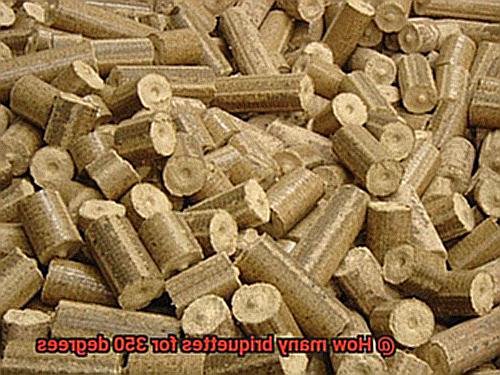
Other Factors That Affect Grill Temperature
Grilling is not just about throwing your meat on the grill and hoping for the best. To achieve the perfect temperature, you need to take into account various factors that can affect the outcome. While the number of briquettes is important, there are other things to consider as well.
Firstly, wind can be quite a nuisance while grilling. It can significantly impact the temperature of your grill and make it difficult to maintain your desired temperature. On particularly windy days, you may need to use more briquettes than usual to keep things steady.
Secondly, different types of grills require different amounts of fuel to achieve the same temperature. Gas, charcoal, and pellet grills all have their unique characteristics that can affect how much fuel they require.
Thirdly, the size of your grill matters. A larger grill will require more fuel than a smaller one. So if you’re using a bigger grill, you’ll need to adjust the amount of fuel accordingly.
Fourthly, if you’re grilling at a higher altitude, you may need to adjust the amount of fuel you’re using to compensate for the thinner air.
Finally, the type of meat you’re cooking can also affect the temperature you need to maintain. For instance, if you’re cooking something thick like a steak, you may need a hotter grill than if you were cooking something thin like a piece of fish.
Tips and Tricks for Achieving an Even Temperature
Grilling is an art form, and achieving an even temperature is the key to success. No one wants undercooked or overcooked food, so it’s crucial to follow these tips and tricks for an even temperature on your grill.
Start with a clean grill
A dirty grill can affect heat distribution and temperature control. Ensure your grill is squeaky clean before each use to avoid any mishaps.
Arrange the coals correctly
Proper coal arrangement can affect heat distribution on the grill. For indirect heat, place the coals on one side of the grill and a drip pan on the other side. This creates a two-zone fire, allowing you to cook with indirect heat.
Use a thermometer
A thermometer is a valuable tool for monitoring your grill’s temperature. Place it on the grate to get an accurate reading of the temperature and adjust accordingly.
Adjust the vents
The vents on your grill help regulate airflow, which affects temperature. Open the vents to increase heat and decrease them to lower it.
Use a chimney starter
A chimney starter is a quick and efficient way to light your coals evenly. It eliminates the need for lighter fluid, which can affect the taste of your food.
These tips and tricks will help you achieve an even temperature on your grill and prevent uneven cooking. Always keep in mind that practice makes perfect, so keep experimenting with your grill until you find what works best for you.
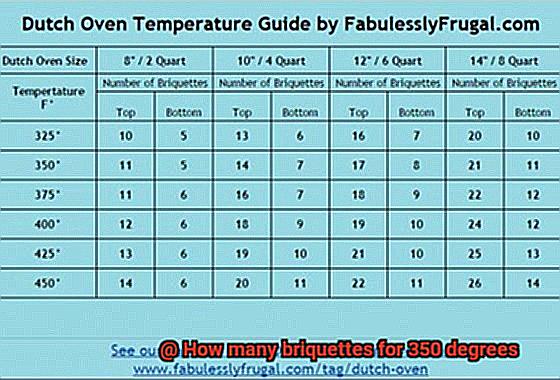
Remember that using a clean grill is essential for proper heat distribution and temperature control. This allows for better heat circulation, preventing flare-ups, and ensuring your food cooks evenly. Using a charcoal chimney starter is also ideal for evenly distributing coals. It helps avoid hot spots and allows for consistent temperatures throughout the grill.
Another critical factor in achieving an even temperature is using a thermometer. This tool allows you to monitor the grill’s temperature accurately, preventing over or under-cooking.
Finally, keeping the lid closed as much as possible during cooking maintains a consistent temperature. Opening the lid can cause fluctuations in temperature and lead to uneven cooking.
NidxC5lCmys” >
Conclusion
In conclusion, grilling is an art that requires precision and attention to detail. Achieving the perfect temperature on your charcoal grill is crucial for cooking scrumptious dishes that will leave your guests craving for more. However, determining the number of briquettes needed to reach a temperature of 350 degrees Fahrenheit can be a bit tricky.
Factors such as weather conditions, altitude, type of charcoal used, and size and type of grill can all affect the amount of fuel needed to achieve the desired temperature. But don’t worry; there are general guidelines that can help you achieve consistent results every time.
Proper air flow control and monitoring the internal temperature of your grill are essential for maintaining a steady heat. It’s also important to adjust the number of briquettes based on grill size and use a thermometer to accurately measure the temperature.
But wait, there’s more. Wind conditions, type of meat being cooked, and different types of grills requiring varying amounts of fuel can all impact grill temperature. To ensure even heating on your grill, start with a clean surface, arrange coals correctly for indirect heat distribution, use a thermometer to monitor temperature precisely, adjust vents accordingly, and use a chimney starter for even coal distribution.
Remember that practice makes perfect when it comes to grilling. Experimentation is key in finding what works best for you.

